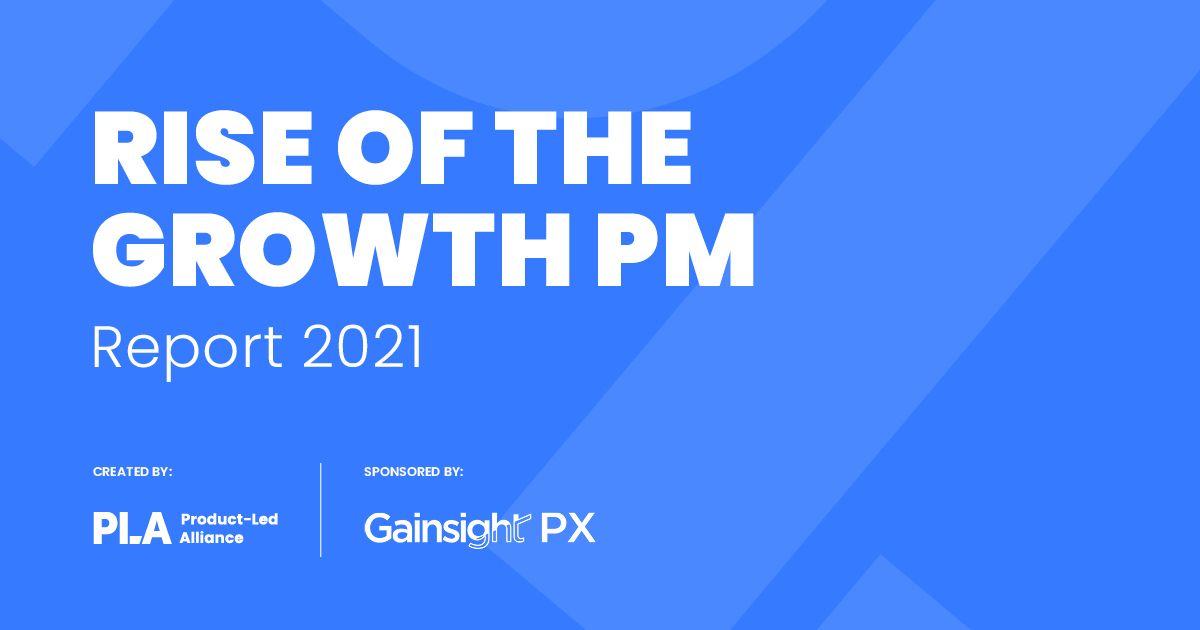Here’s a chance to learn first-hand what it takes to succeed in the role of a Growth Product Manager from an expert in the field.
John Fontenot is the Growth Product Manager of Customer Acquisition and Partnerships at Lendio. He leads product for the growth of Lendio’s partner channel, collaborating with PMM and Business Development on segmentation and GTM strategy.
We wanted to delve into how John came into the role, what impact he’s had, the pain points he’s facing/or has faced, and how he sees the role evolving in the near future…
Let’s dive in.👇
Q: Can you take us through your journey to becoming a Growth PM at Lendio?
A: Lendio actually sought me out, interestingly enough. The Technical Recruiter was awesome. He looked at various aspects of my background that not only fit well for Growth but specifically for growing Lendio’s partner channel. The role fit me like a glove. I was always interested in eventually getting into growth, but the role came calling and I jumped at it.
Q: Have you run into any roadblocks on your path to becoming a Growth PM?
A: No roadblocks getting into growth, but there were some learning curves. Growth PMs need to have a decent marketing competency, even if you’re not specifically focused on the acquisition side of things.
And while core PMs need to understand marketing to collaborate on GTM, the need for an increased marketing competency increases when transitioning to becoming a Growth PM.
There’s another mental reframe you have to make when you’re in growth in a partner channel. You don’t just have your end-user/end-customer funnel to worry about, but you have your partner funnel to worry about too. It creates an additional level of complexity. And I argue that your primary customer is your partner, so that funnel takes priority, in my opinion.
Q: Can you give us a pitch about what you do in your day-to-day?
A: My growth role is unique in the sense that I’m doing a good mix of core PM work to build foundational aspects of the partner channel. Much of the growth conversations center around experimentation, but building and scaling the partner channel requires a mix of core PM work and the experimentation that is typically associated with the Growth PM role.
Q: What specific pain points have you faced in your role? Are there any challenges you think Growth PMs are still facing?
It’s not unique to my role, but there are a couple of potential pitfalls I’ve seen with growth and product management in general.
The first problem arises when you don’t start from objectives and strategy. Whether it’s new feature development on the core PM side or experimentation and optimization on the growth side. There needs to be a driving “why” behind what you’re doing.
A disparate group of random roadmap items that do not coherently work together towards an end goal will not move the needle in your business. I’d say this is more of a mindset challenge rather than a challenge posed by something external.
The other challenge I see is the overemphasis on quant-based decision-making. Of course, Growth PMs care about quant data, but we can’t ignore or lose sight of the qualitative side of things when we’re looking for growth levers to pull.
Q: Being in fintech, you have a unique/atypical perspective. How has your experience differed from other Growth PMs?
A: The biggest difference is having two funnels to focus on rather than one. The AARRR metrics need to be applied to your partners just as much as traditional Growth PMs focus on those metrics for the end customer.
The other key difference goes back to doing core PM work. As I think about it, I really do core PM work in relation to the growth of our partner channel, and the bulk of my Growth PM work centers around the optimization of customer acquisition through the channel.
Q: How have you managed to stay data-driven and understand customer problems?
A: Continuous discovery habits. I’m still just as focused on qualitative research as a Growth PM as I was when I was doing solely core PM work. Quant data can point to potential problem areas on the front end, and it can validate your hypotheses on the backend, but it will never tell you why or provide the context that qual research does.
Q: How are you working with product teams to set goals and objectives? And how are you measuring success?
A: It’s probably different in my situation. I’ve seen some Growth PMs who are optimizing the work of core PMs, but that’s not how my role functions. There is overlap with other teams at times, but it usually centers around the customer acquisition goals and objectives I have for the growth of our partner channel. Or the goals could be centered around growing the partner channel or a specific segment within it.
Q: Can you provide examples of the impact you’ve had as a Growth PM? The success you achieved?
A: This goes back to the marketing competency conversation. Looking across the competitive landscape, the market, and how we’re positioned in the market, we were able to rethink our Partner GTM strategy by prioritizing two partner segments with the highest growth potential.
It’s still early days, but the qualitative research and evaluative research of what we’re building for this new segment is providing us with the knowledge that we’re on the right track.
Q: What’s core to all Growth PMs, no matter the org or location?
It’s an emphasis on conversion. Regardless of which part of the funnel you’re focused on, your goals will usually boil down to moving the conversion needle.
Q: How do you decide on the highest impact initiatives? How do you go about measuring results?
A: This doesn’t necessarily change between core or growth product managers. Everything goes back to business objectives and strategy. If you know what your objective is and the biggest challenge in your way of it, then prioritization becomes a much simpler exercise. You’ll have a better frame for your qualitative research and generative discovery.
Measurement starts at the beginning. Your goal is usually some lagging quantitative measure, but there are usually qualitative, behavioral changes you’re trying to achieve with your customers, users, or leads who haven’t converted yet.
Depending on the part of the funnel you’re focused on, you identify the behavior change you want and a quantitative baseline for success, under the hypothesis that those leading indicators will ultimately result in achieving the goal of the lagging indicator, whether it be revenue, retention, etc.
Q: How do you see your role and the overall role of the Growth PM evolving over the next year or so?
A: There seems to be an increase in specialization, even outside of the “core” and “growth” categories. Reforge recently released an interesting article showing the expansion of product manager specializations.
But specific to the Growth PM role, I see my role as a unique blend of competencies like Marketing, UX, Stats, and others that are necessary to work across departments, bringing the rigor of product thinking and process to optimize outcomes for organizations.
After more insights on the Growth PM? Check out the full report and explore everything we uncovered on this rising role.👇





 Follow us on LinkedIn
Follow us on LinkedIn





